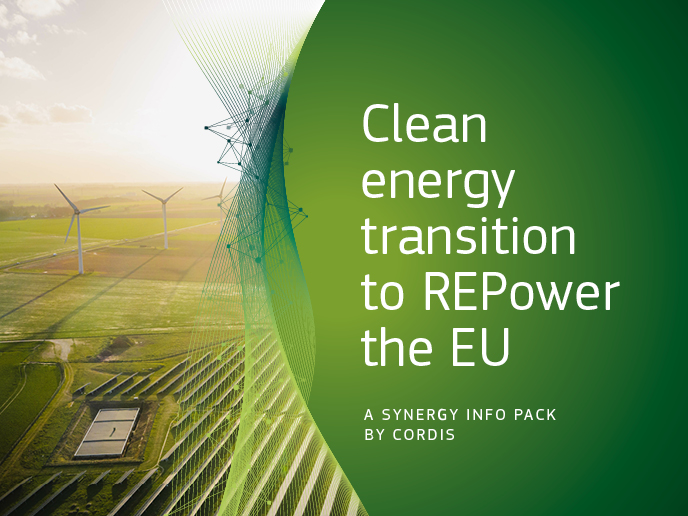Past ocean chemistry tells the story of climate change
The 6C consortium took up the challenge of reviewing climate change from a multidisciplinary perspective, with a focus on carbonate chemistry and the carbon cycle. Research was based on the hypothesis that pore water driven calcite dissolution during glacial periods can account for most observed changes in partial pressure of atmospheric carbon dioxide. This hypothesis resulted from boron isotope studies and modelling carried out prior to the project's design. The scientists used all available trace element proxies using biogenic carbonates in foraminifera to determine chemical and physical conditions in oceans in the past. It was therefore established that proxies based on trace element ratios can be used to reconstruct past environmental parameters. Certain conditions needed to be met however. Firstly, an established connection was required between the elements and the feature under study. Moreover, the trace element ratios must have been preserved after burial, so that the biogenic carbonate could be measured. The chemical properties of ocean waters successfully determined included anions such as carbonate and phosphate and alkalinity. For example, the ratio of cadmium to calcium in foraminifera can be used to derive and determine phosphate levels in deep water. These ratios were found to extend to other physical environmental parameters. An indicator of past ocean temperature is the relationship between magnesium and calcium in foraminiferal calcite. Moreover, the ratio of magnesium to calcium has also been established as a successful palaeotracer. The study was able to take advantage of the fast scan methodology, which used a quadrupole inductively coupled plasma mass spectrometer (ICP-MS). Many universities worked in collaboration to validate the technique, as well as to improve the consistency of results. This method was of particular value to researchers within the fields of geochemistry and palaeo-oceanography.







